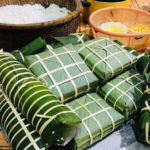Natural vs. Organic Food: Understanding the Key Differences
Natural Food
Natural food refers to produce that is grown according to specific regulations. During the cultivation process, farmers may use pesticides and inorganic fertilizers, but only within permitted limits. The harvested products must meet quality and safety standards for human consumption.
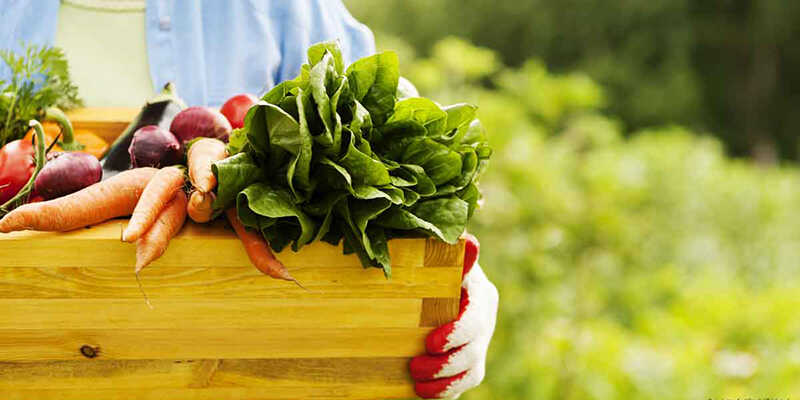 Natural Food
Natural Food
Quality Requirements for Natural Food
Natural food products must not contain any residue of plant protection chemicals, metallic impurities, or biological agents such as viruses, microorganisms, and parasites. They must also have a clear and traceable origin, and they should be certified by the food safety authority.
As a result, natural food products that are marketed to consumers are considered safe and free from harmful substances.
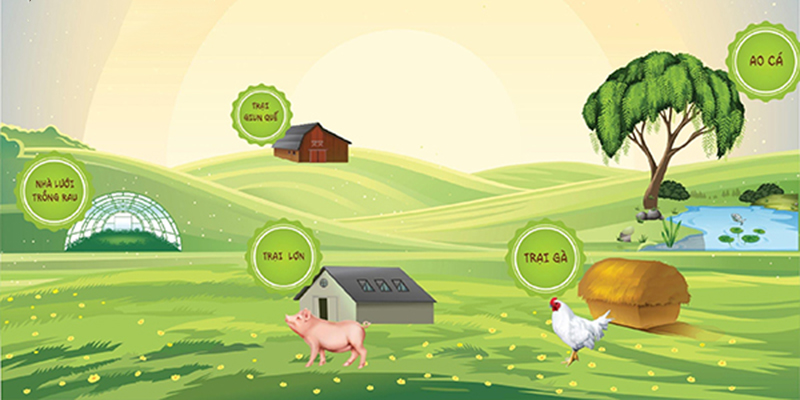
Organic Food
Also known as organic food, this term is widely used globally. However, it is a relatively new concept in Vietnam, and people often confuse it with “clean” food.
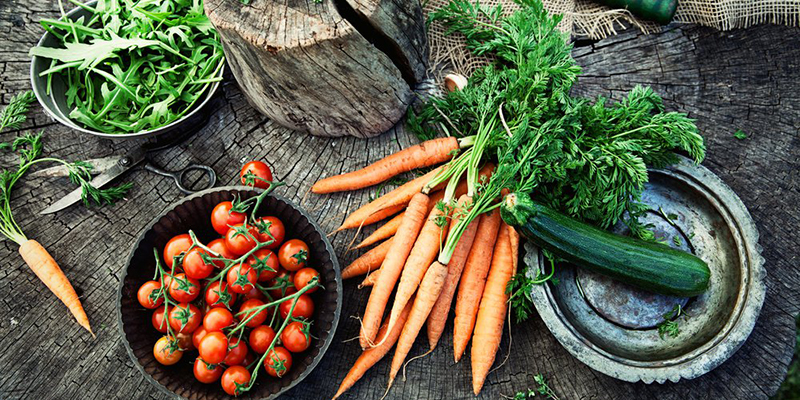
Quality Requirements for Organic Food
The production process for organic food is highly stringent. From irrigation water to cultivation methods, only traditional and chemical-free techniques are employed.
Organic food requires certification from PGS Vietnam and IFOAM (International Federation of Organic Agriculture Movements). Additionally, the entire process is subject to strict monitoring standards to ensure compliance with organic practices.
Consequently, the price of organic food is significantly higher than that of other food types, reflecting its superior quality and nutritional value.
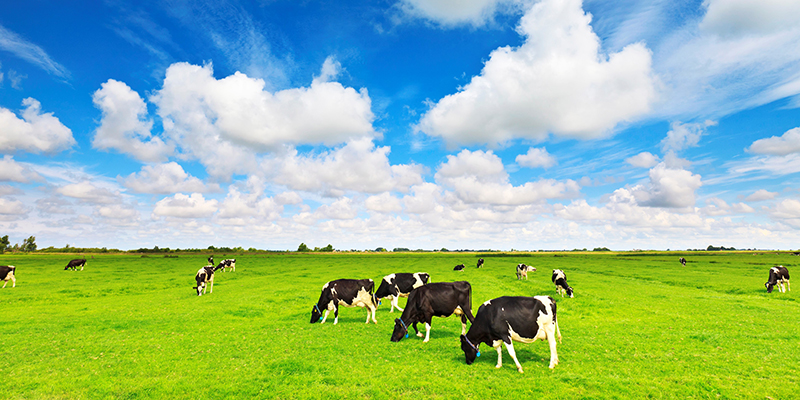
Which is Better: Natural or Organic Food?
Now that you understand the difference between natural and organic food, you might be wondering which one is superior. While we emphasize that organic food is generally healthier, it doesn’t mean that other options are necessarily harmful.
Organic food stands out due to its freshness and absence of chemical additives, ensuring that the nutritional content remains intact. Therefore, we recommend prioritizing organic food when feeding young children.
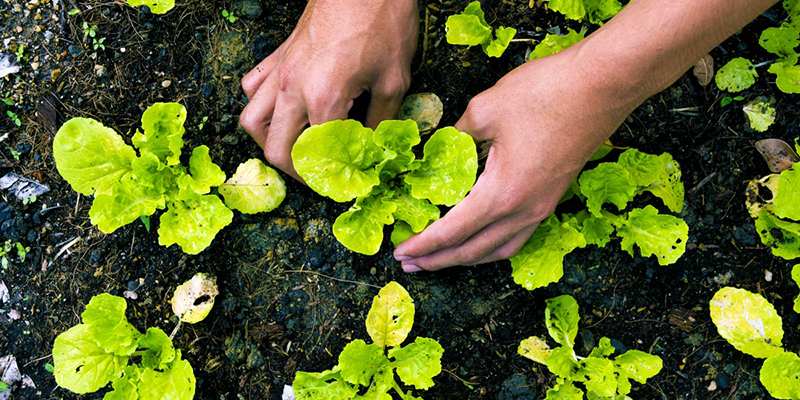
We hope that you will choose delicious, fresh, and safe products that fit your family’s needs and budget.
For further reading, please visit: vinaorganic.com
8 Common Mistakes People Make with Cutting Boards
Are you using your cutting board correctly? Many Vietnamese households rely on cutting boards in their kitchen, but not everyone knows how to use them properly, especially when it comes to wooden cutting boards. Check out these 8 mistakes to avoid when using a cutting board to ensure both hygiene and safety for everyone in your family.
Is Refrigerated Leftovers Linked to an Increased Risk of Cancer?
Dr. Lam Van Man, Head of Research, Development and Technology Transfer Department of the Institute of Safety Food, has warned of the risk of food poisoning when reheating leftovers from the refrigerator. But what should we be aware of when it comes to the possibility of these leftovers causing cancer? Here, we explore what the experts have to say on the matter and offer some tips for safe eating.
Preserving Leftover Food from the Tet Holiday
With the beginning of the Lunar New Year, many households are stocking up on food to celebrate the festive occasion. While keeping food in the refrigerator is convenient, it can also be harmful to users if not done correctly. We have compiled a few tips to help ensure food remains fresh and safe to consume during Tet.




























